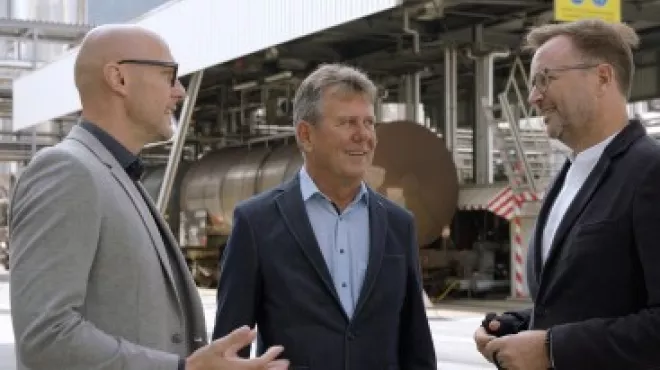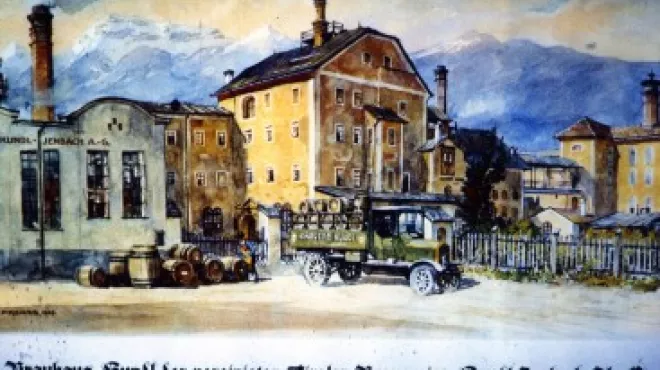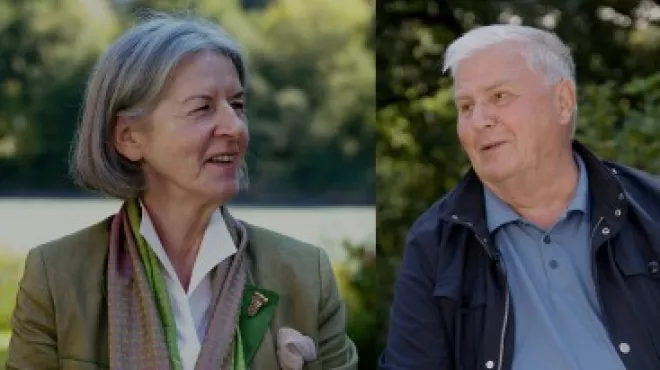English
Klicken Sie sich durch die Geschichte eines Standorts – von Salicylsäure und Wasserstoffperoxyd bis zu Zellkultur und Biologics.
English
Klicken Sie sich durch die Geschichte eines Standorts – von Salicylsäure und Wasserstoffperoxyd bis zu Zellkultur und Biologics.
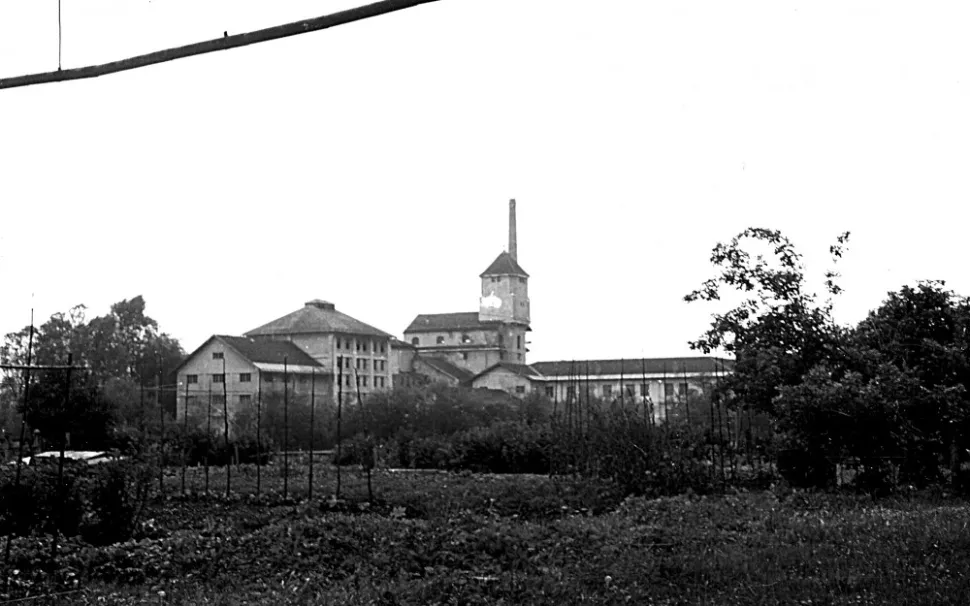 View
View
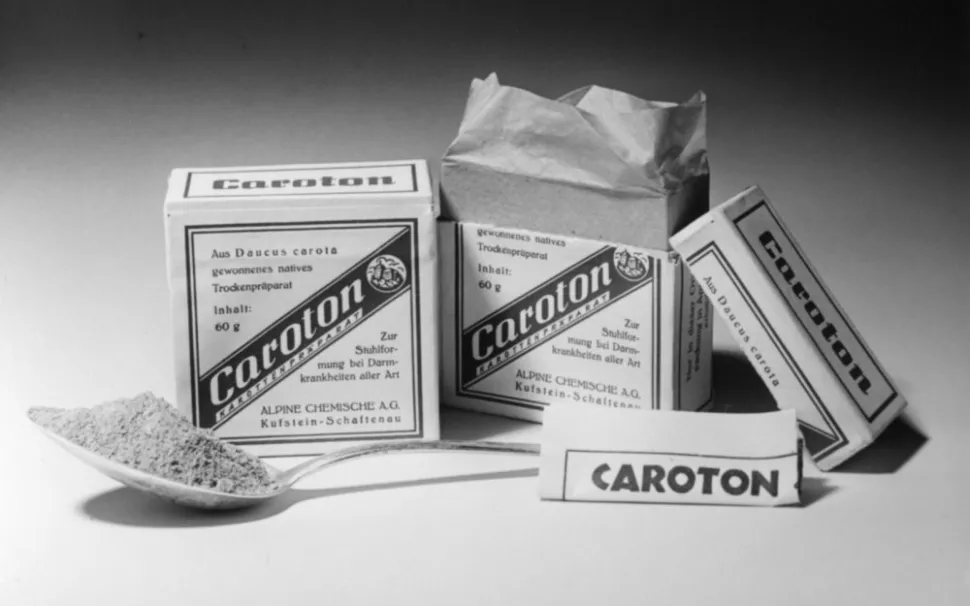 View
View
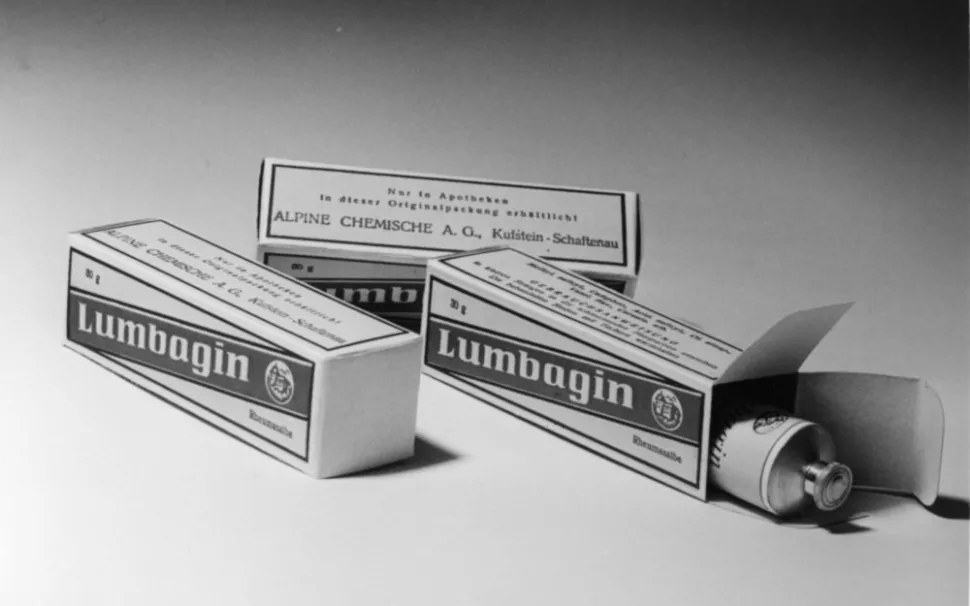 View
View
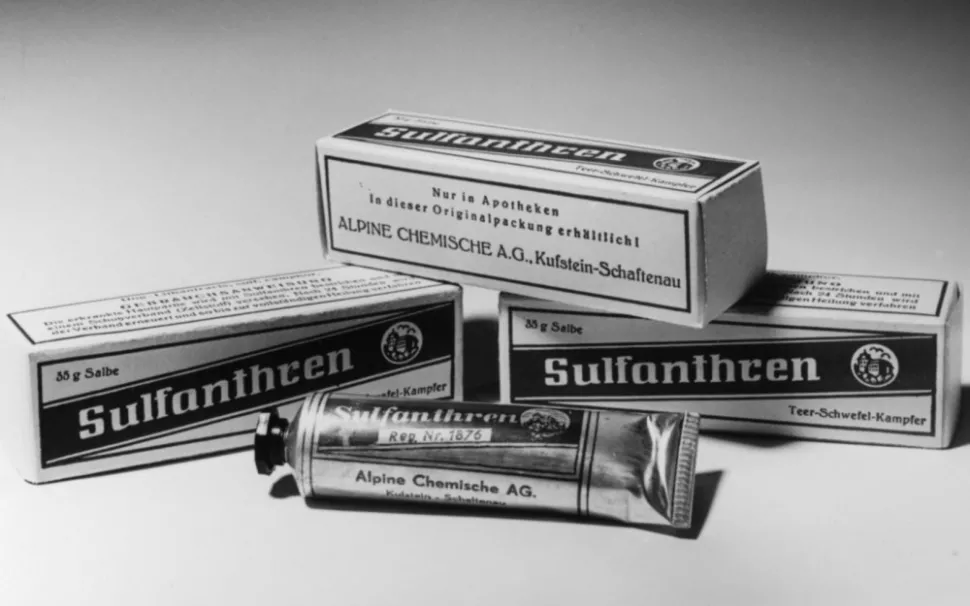 View
View
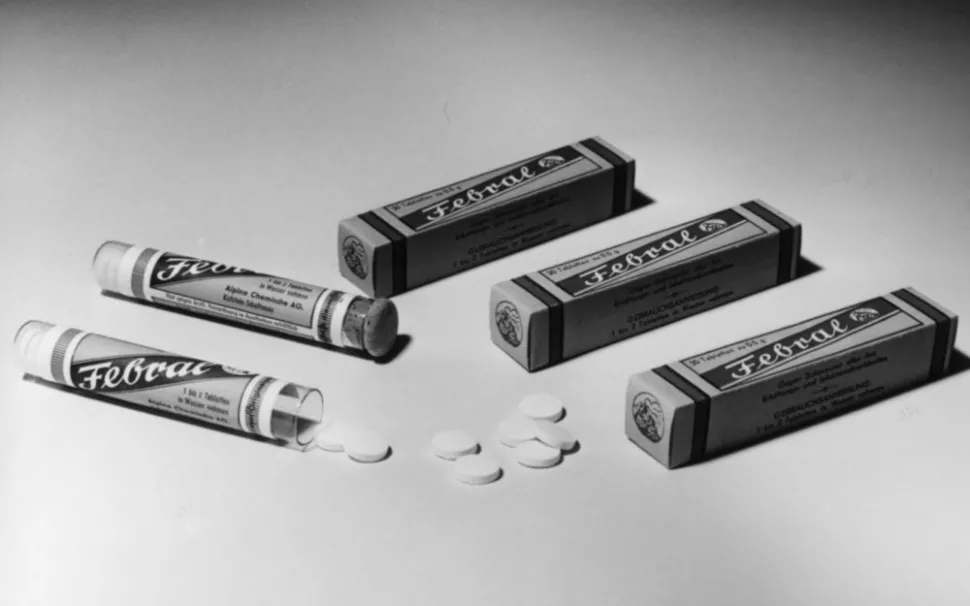 View
View
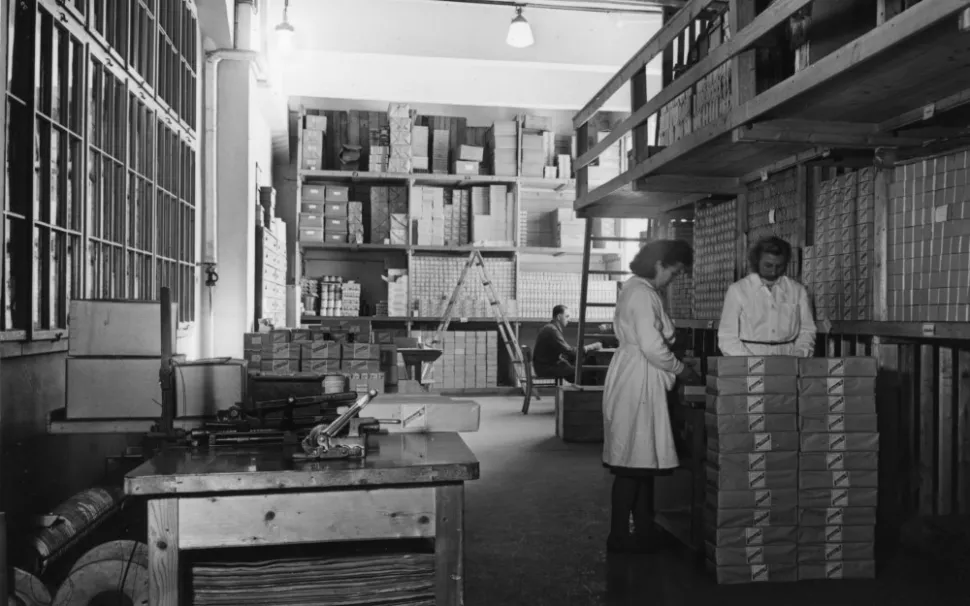 View
View
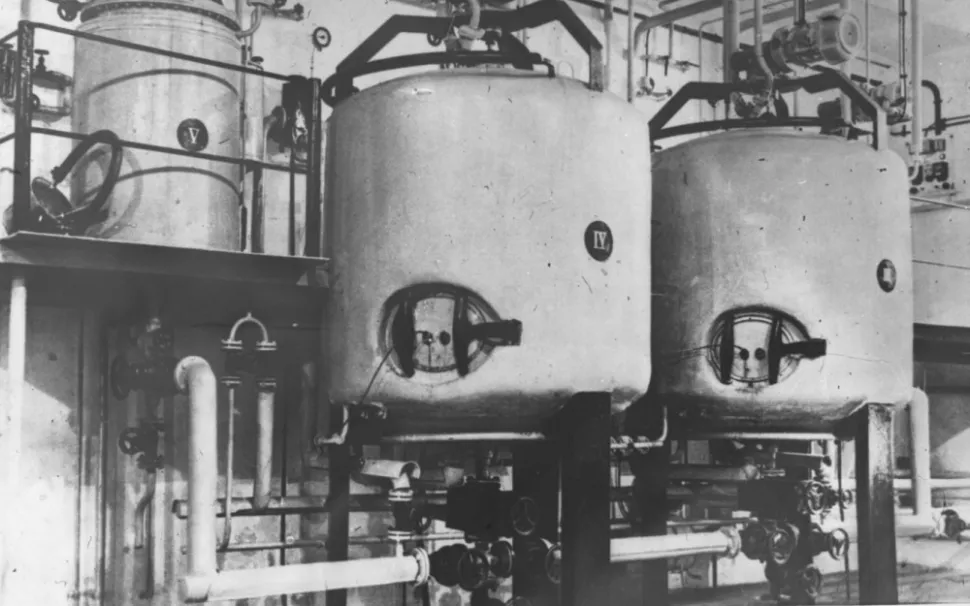 View
View
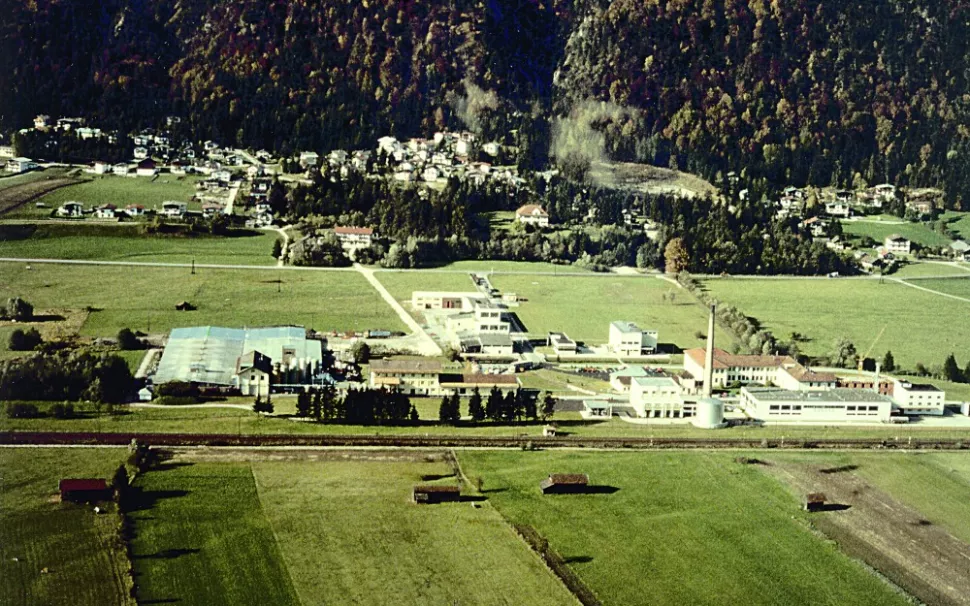 View
View
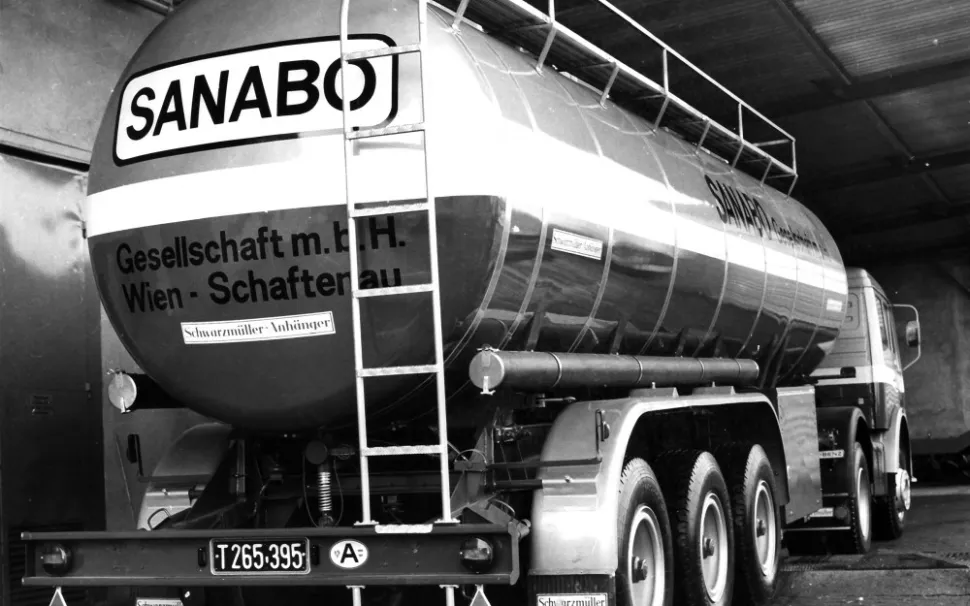 View
View
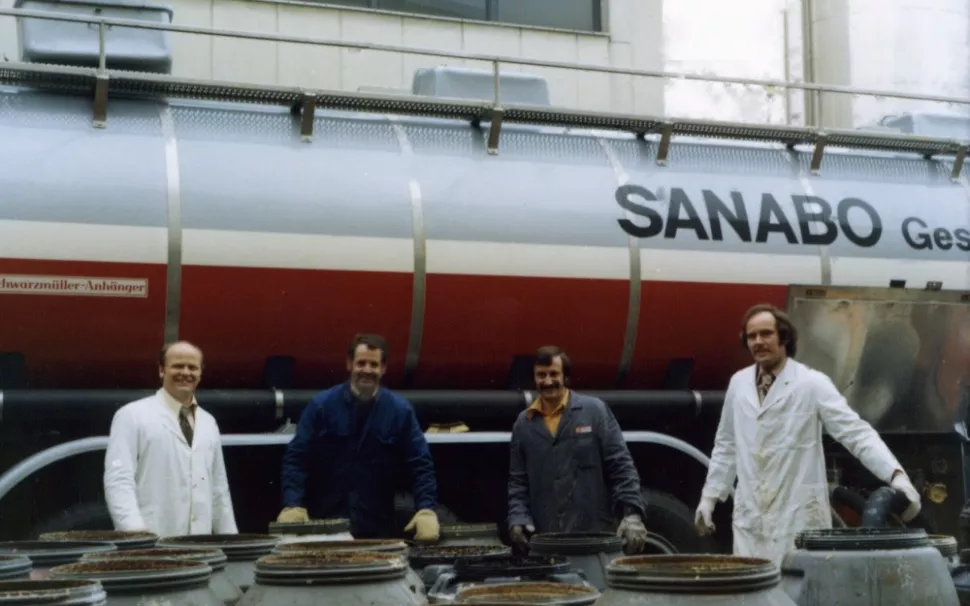 View
View
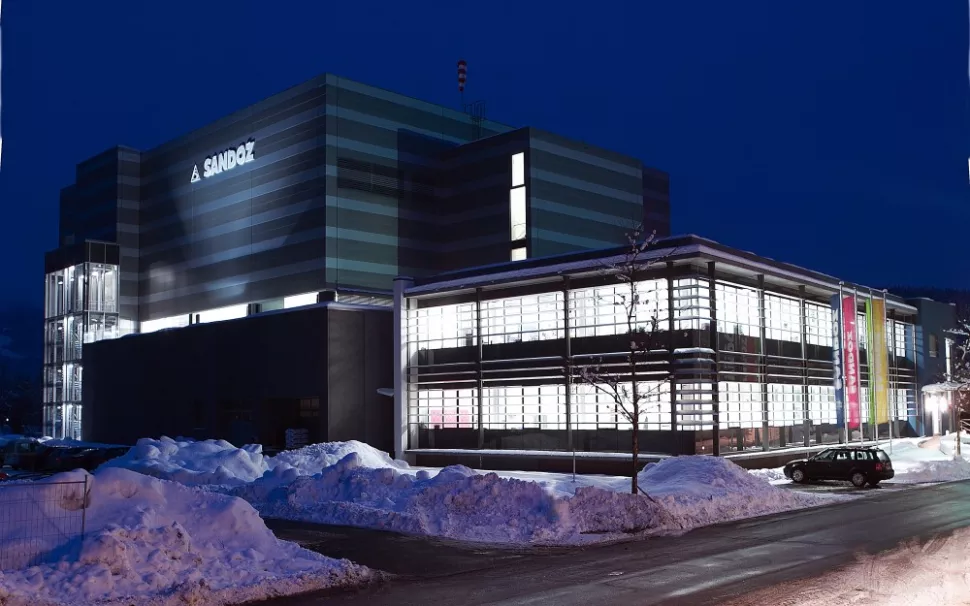 View
View
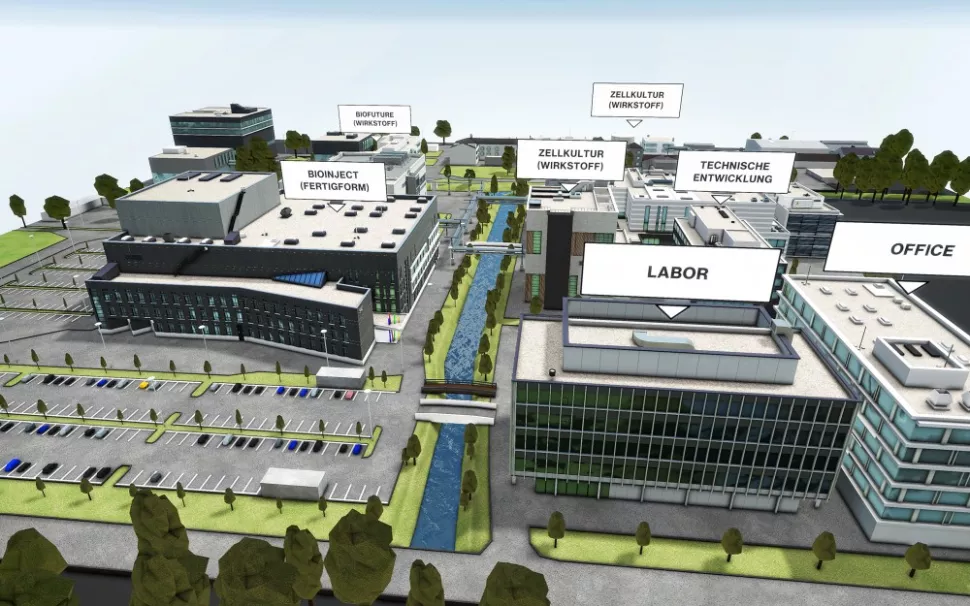 View
View
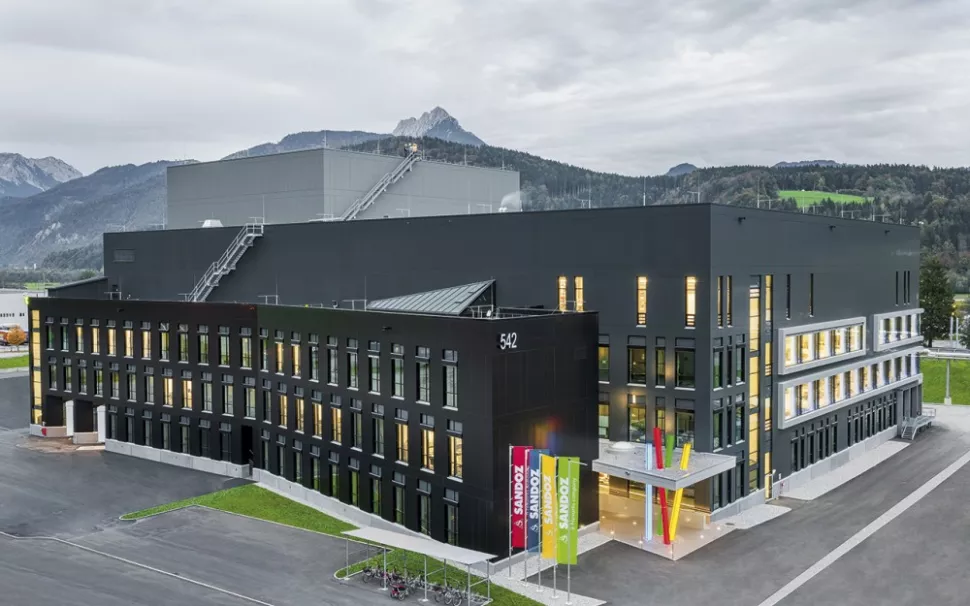 View
View
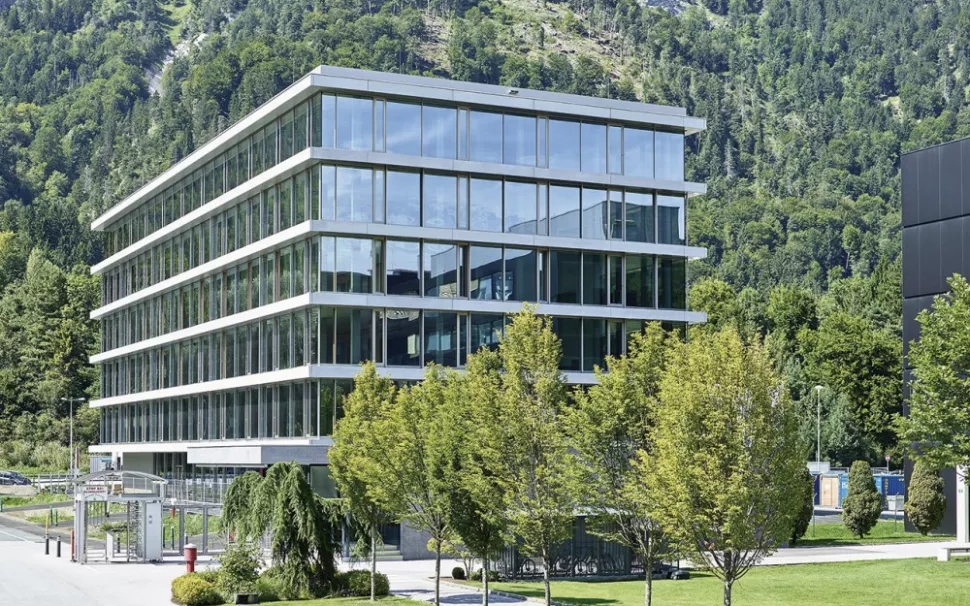 View
View
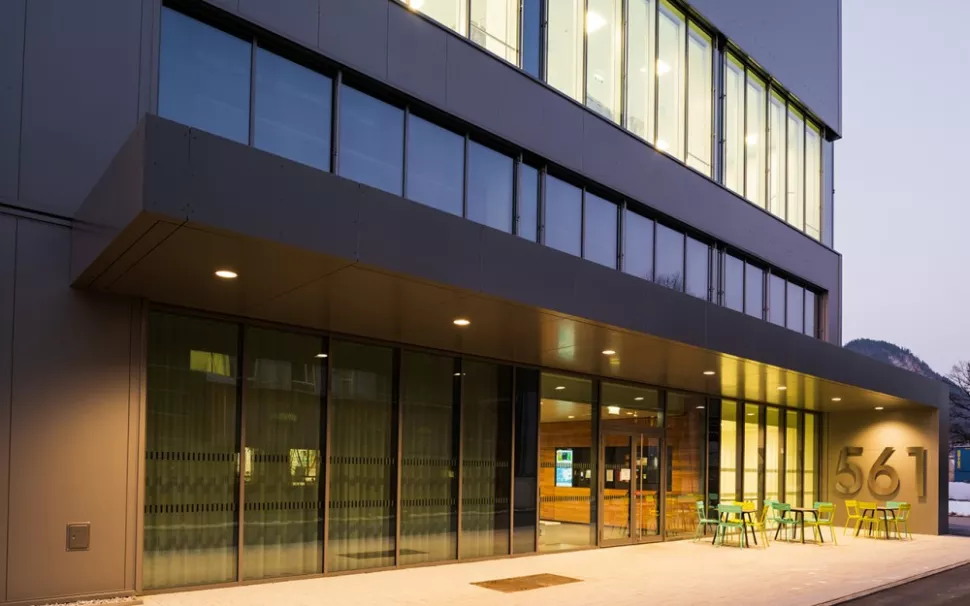 View
View
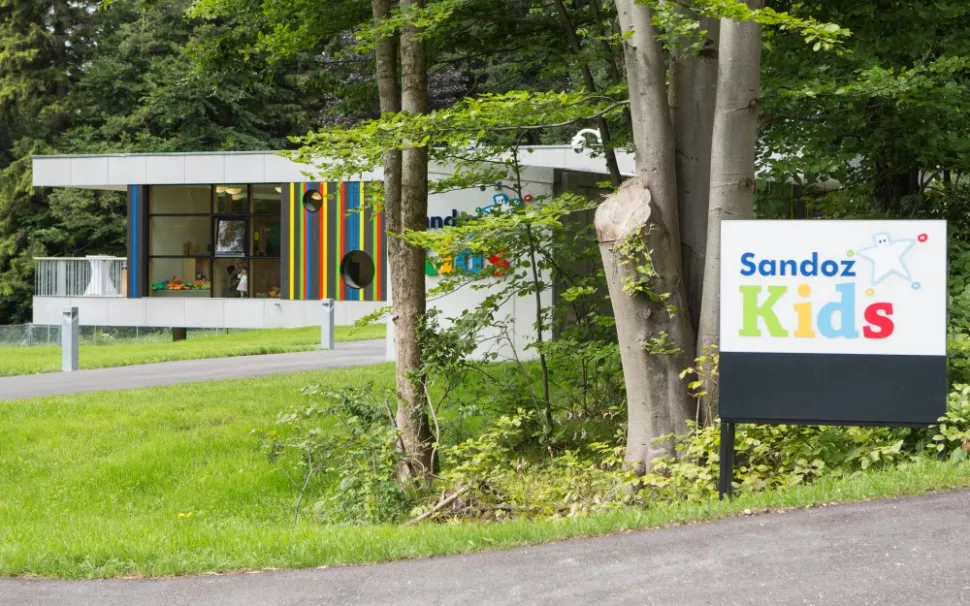 View
View

Die Anfänge des Standorts Schaftenau: 1958 stand die „Alpine Chemische AG“ zum Verkauf. 1922 gegründet, hatte sich das Unternehmen mit der Produktion von Salicylsäure und Wasserstoffperoxyd einen Namen gemacht. Mit Unterzeichnung des Kaufvertrags im Dezember 1958 wurde die Biochemie zum größten Pharmaunternehmen Österreichs. Ansicht des Firmengeländes 1957/58 vor Kauf durch die Biochemie (Quelle: Sandoz GmbH)

Frühe Produkte aus Schaftenau (Quelle: Sandoz GmbH)

Frühe Produkte aus Schaftenau (Quelle: Sandoz GmbH)

Frühe Produkte aus Schaftenau (Quelle: Sandoz GmbH)

Frühe Produkte aus Schaftenau: das Schmerzmittel Febral (Quelle: Sandoz GmbH)

Pharmalager in Schaftenau (Quelle: Sandoz GmbH)

Heparin-Anlage

Luftaufnahme des Firmengeländes von 1981 (Quelle: Sandoz GmbH)

Die Biochemie hatte 1966 die auf die Produktion von Hormonen und Fermenten spezialisierte Sanabo übernommen. 1977 wurden diese Tätigkeiten nach Schaftenau verlagert. Damit startete die Heparin- und Pankreatin-Produktion auf Basis von Schlachtnebenprodukten. (Quelle: Sandoz GmbH)

Mukosa-Tankzug. Mukosa ist die Schutzschicht, die das Innere von Hohlorganen auskleidet. Schleimhäute befinden sich z.B. in Mund- und Nasenhöhle, im Magen und Darm. (Quelle: Sandoz GmbH)

2004 wird nach Investitionen von rund 50 Mio. Euro die Zellkulturanlage zur Erzeugung von Biopharmazeutika eröffnet. (Quelle: Sandoz GmbH)

2014 wurde das globale Kompetenzzentrum für Mikropartikel-Technologie im Novartis Konzernverbund eröffnet. Die in Schaftenau produzierten Mikropartikel sind die Schlüsselkomponenten eines Wachstumshormon-Regulators, der vorwiegend zur Behandlung der schweren Erkrankung Akromegalie eingesetzt wird. Akromegalie ist eine chronische Erkrankung bei Erwachsenen, hervorgerufen durch Überproduktion des Wachstumshormons der Hypophyse. Die neue Labor- und Bürozentrale mit angeschlossenem Lager bündelt zentrale Funktionen für die Produktion dieses Wachstumshormon-Regulators. (Quelle: Sandoz GmbH)

2015 ging die hochmoderne Biologika-Produktion für Fertigspritzen und Autoinjektoren, genannt Bioinject, in Betrieb. 18.000 Spritzen können pro Stunde befüllt und 100 Spritzen in der Minute verpackt werden. Dank BioInject wird Schaftenau zur voll-integrierten Biotech-Site: Alle Prozesse der Wirkstoffentwicklung und -produktion bis zur Abfüllung, Verpackung und Logistik finden an einem Standort statt. (Quelle: Sandoz GmbH)

2017 erweiterte Novartis am Standort die Zellkulturproduktion und eröffnete ein neues, hochmodernes Bürogebäude. Durch die aktuellen Investitionen konnten bestehende Anlagen erweitert und umgebaut werden. Mit neuen Büros und Laboren werden nun alle Funktionen wie Produktion, Qualitätssicherung, Engineering und Compliance integriert und zusammengeführt. So wurden mehr als 190 neue Arbeitsplätze geschaffen. (Quelle: Sandoz GmbH)

Aktuell läuft mit „BioFuture“, einer Investition von mehr als 150 Mio. Euro in eine der weltweit innovativsten Anlagen zur Herstellung therapeutischer Proteine mithilfe kontinuierlicher und hochflexibler Prozesstechnologien, der nächste Ausbauschritt. (Quelle: Sandoz GmbH)

Seit Herbst 2010 gibt es bei Novartis in Kundl eine firmeninterne Kinderbetreuung in einem eigens errichteten Gebäude. Mit "minis@novartis" am Produktionsstandort Schaftenau öffnete im Frühjahr 2013 eine zweite Kinderbetreuungseinrichtung ihre Pforten. Insgesamt stehen 120 Betreuungsplätze für Kinder zwischen 1,5 und 6 Jahren zur Verfügung. Die Kinder werden von erfahrenen Kindergartenpädagoginnen betreut. Das Angebot umfasst ganztägige, halbtägige und tageweise Betreuung. (Quelle: Sandoz GmbH)
Click through the history of a location – from salicylic acid and hydrogen peroxide to cell culture and biologics.
 View
View
 View
View
 View
View
 View
View
 View
View
 View
View
 View
View
 View
View
 View
View
 View
View
 View
View
 View
View
 View
View
 View
View
 View
View
 View
View

The beginnings of the Schaftenau site: In 1958, "Alpine Chemische AG" was up for sale. Founded in 1922, the company had earned a reputation for the production of salicylic acid and hydrogen peroxide. When the purchase contract was signed in December 1958, Biochemie became Austria's largest pharmaceutical company. View of the company premises in 1957/58 before the purchase by Biochemie (Source: Sandoz GmbH)

Early products from Schaftenau (Source: Sandoz GmbH)

Early products from Schaftenau (Source: Sandoz GmbH)

Early products from Schaftenau (Source: Sandoz GmbH)

Early products from Schaftenau: the painkiller Febral (Source: Sandoz GmbH)

Pharmaceutical warehouse in Schaftenau (Source: Sandoz GmbH)

Heparin plant

Aerial view of the company premises from 1981 (Source: Sandoz GmbH)

In 1966, Biochemie had taken over Sanabo, a company specialising in the production of hormones and ferments. In 1977, these activities were relocated to Schaftenau. This marked the start of heparin and pancreatin production based on slaughter by-products. (Source: Sandoz GmbH)

Mucosa tanker train. Mucosa is the protective layer that lines the inside of hollow organs. Mucous membranes are found, for example, in the oral and nasal cavities, stomach and intestines. (Source: Sandoz GmbH)

In 2004, after investments of around EUR 50 million, the cell culture plant for the production of biopharmaceuticals was opened. biopharmaceuticals. (Source: Sandoz GmbH)

In 2014, the Novartis global competence centre for microparticle technology was opened. The microparticles produced in Schaftenau are the key components of a growth hormone regulator that is primarily used to treat the serious disease acromegaly. Acromegaly is a chronic disease caused by overproduction of growth hormone from the pituitary gland with adults. The new laboratory and office centre with attached warehouse bundles central functions for the production of this growth hormone regulator. (Source: Sandoz GmbH)

In 2015, the state-of-the-art biologics production facility for pre-filled syringes and auto-injectors, called Bioinject, went into operation. 18,000 syringes can be filled per hour and 100 syringes packed per minute. Thanks to BioInject, Schaftenau is a fully integrated biotech site: All processes from active pharmaceutical ingredient development and production to filling, packaging and logistics take place at one site. (Source: Sandoz GmbH)

In 2017, Novartis expanded cell culture production at the site and opened a new, state-of-the-art office building. The current investments enabled existing facilities to be upgraded and enlarged. With new offices and laboratories, all functions such as production, quality assurance, engineering and compliance are now integrated and brought together. Thus, more than 190 new jobs have been created. (Source: Sandoz GmbH)

The next expansion step is currently underway with "BioFuture", an investment of more than EUR 150 million in one of the world's most innovative facilities for the production of therapeutic proteins using continuous and highly flexible process technologies. (Source: Sandoz GmbH)

Since autumn 2010, Novartis in Kundl has offered in-house childcare in a dedicated building. With " minis@novartis" at the Schaftenau production site, a second childcare facility opened its doors in spring 2013. A total of 120 childcare places are available for children between the ages of 1.5 and 6. The children are being cared by experienced kindergarten teachers. The offer includes full-day, half-day and day care. (Source: Sandoz GmbH)
